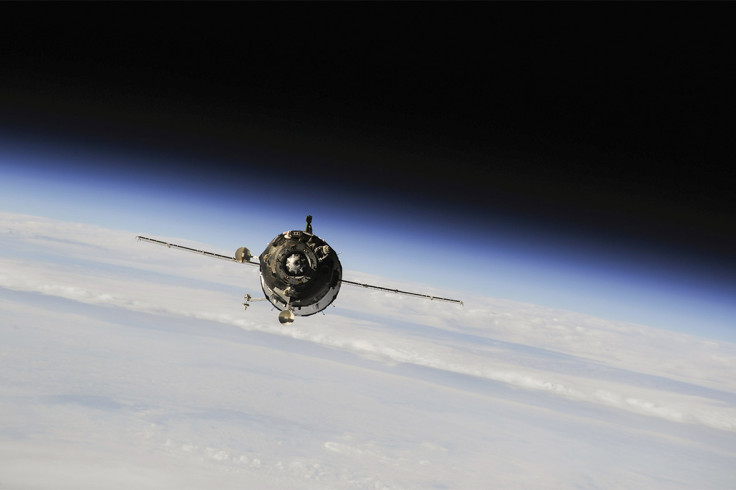Space Flight: Nasa Validates Microwave Thruster That Could Replace Costly Propellants

Three independent studies suggest that in the future spacecraft could take off without propellants, doing away with much of the bulk and cost of space travel. While the observations go against the physics of momentum conservation, Nasa has given its seal of approval to a recent study into the controversial concept.
Guido Fetta is latest scientist to build a 'microwave thruster', which bounces microwaves off the walls of a container to produce thrust. Nasa has tested his design and the results were presented at the recent 50th Joint Propulsion Conference.
The force produced is very small – 30 to 50 micronewtons -- but it is expected that improved design could address this, Wired.com said in a report.
Workable microwave thrusters powered by solar electricity could be developed to provide the thrust needed to propel space craft across millions of miles at low cost, eliminating the need for the supply of propellant fuel that occupies up to half the launch mass of many satellites.
British scientist Roger Shawyer has been claiming that his EmDrive propulsion system can achieve this microwave-driven thrust for some time. Despite Shawyer producing many demonstration systems, critics have rejected it saying that according to the law of conservation of momentum, it cannot work.
Last year, a Chinese team built its own EmDrive and claimed to produce 720 micronewtons of thrust (72 gms), enough for satellite thrusters.
The thrust produced by US scientist Fetta's was 30 to 50 micronewtons -- less than 7% of that produced by the Chinese researchers, but it does appear to confirm the validity of earlier experiments.
However, Nasa is not attempting to explain the reason behind the thrust beyond merely saying that the force cannot be attributed to any classical electromagnetic phenomenon. Possibly there is some quantum aspect here, it suggests.
The drive may work by pushing against the invisible cloud of particles and anti-particles that are constantly popping into being and disappearing in empty space.
© Copyright IBTimes 2025. All rights reserved.




















